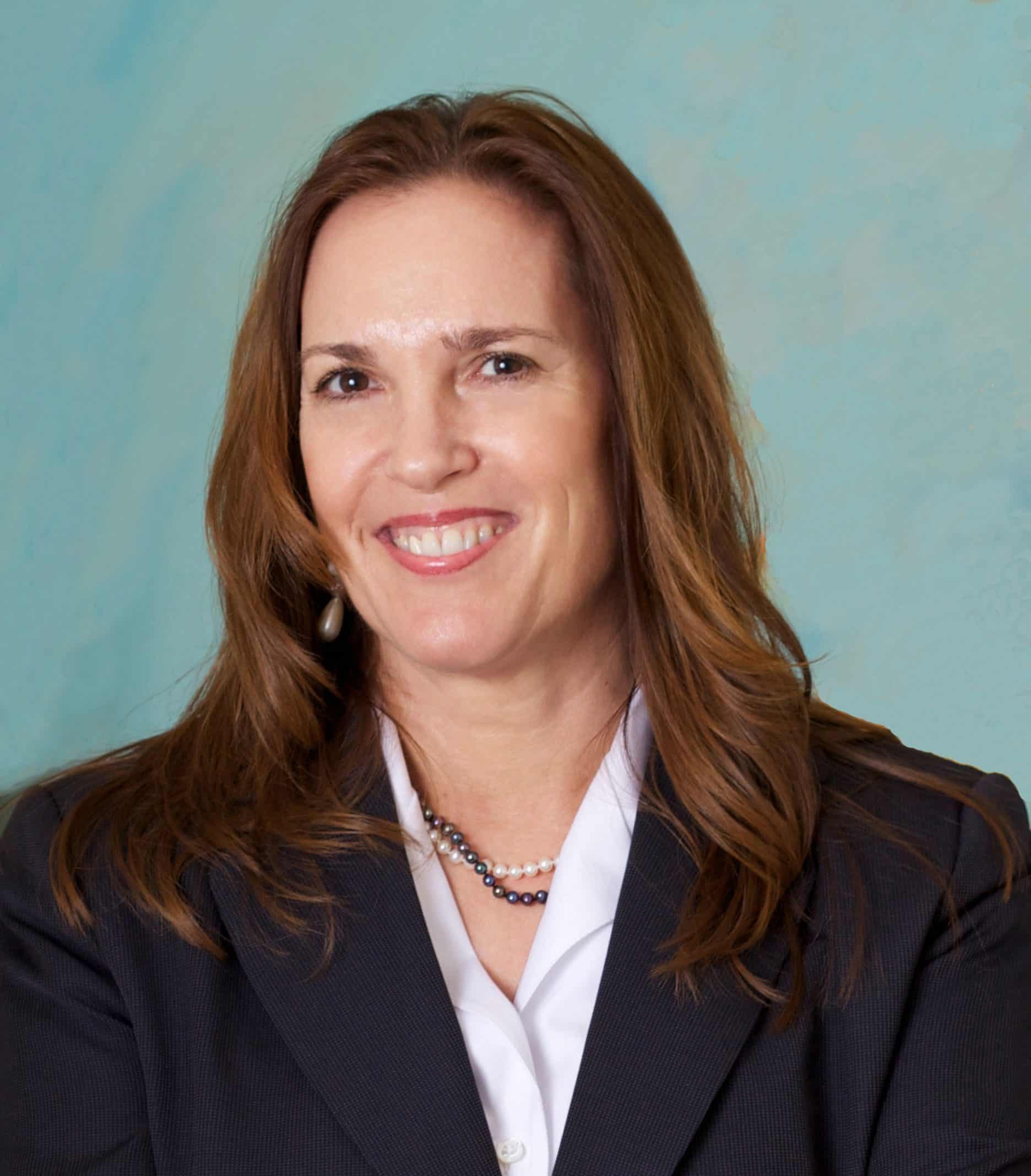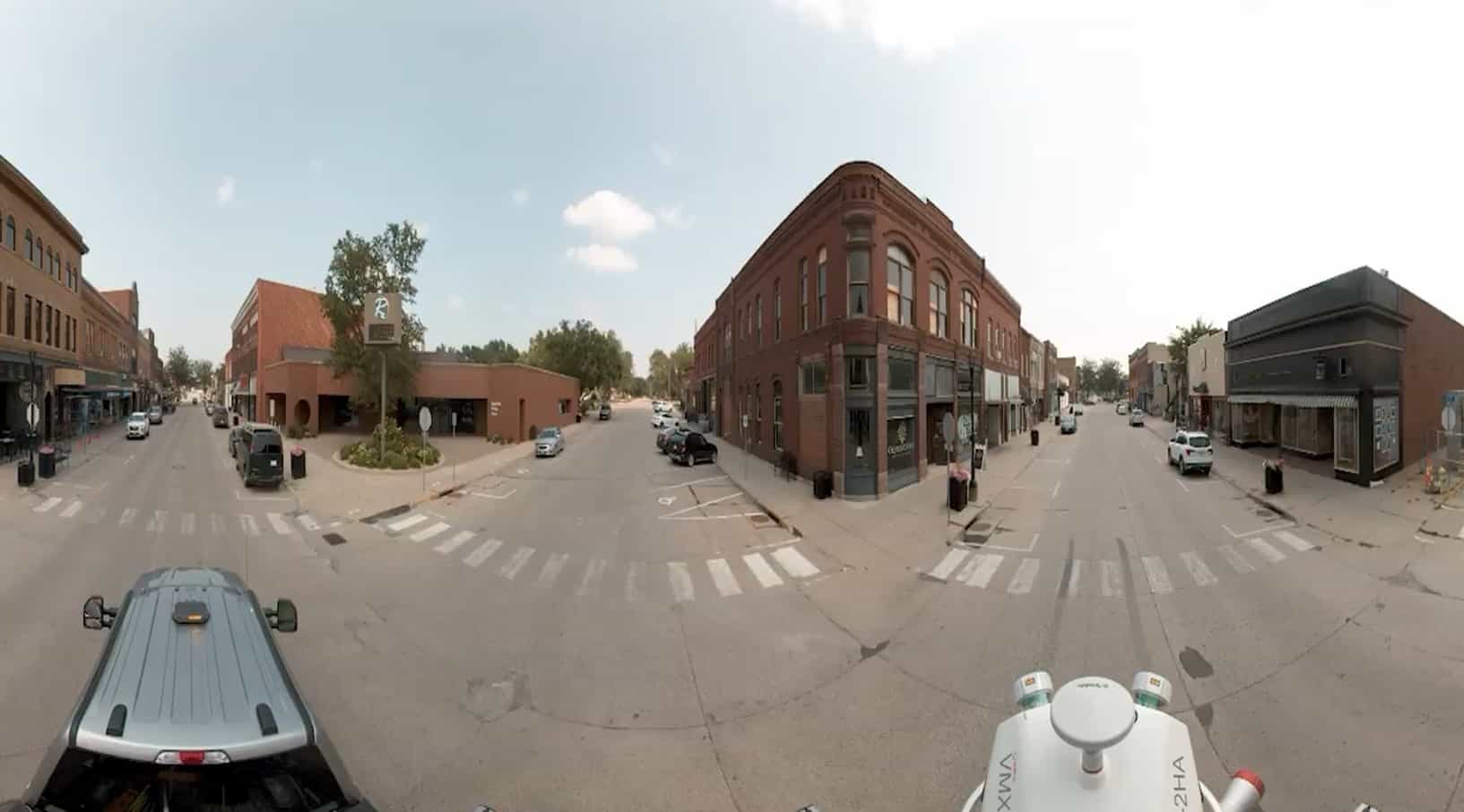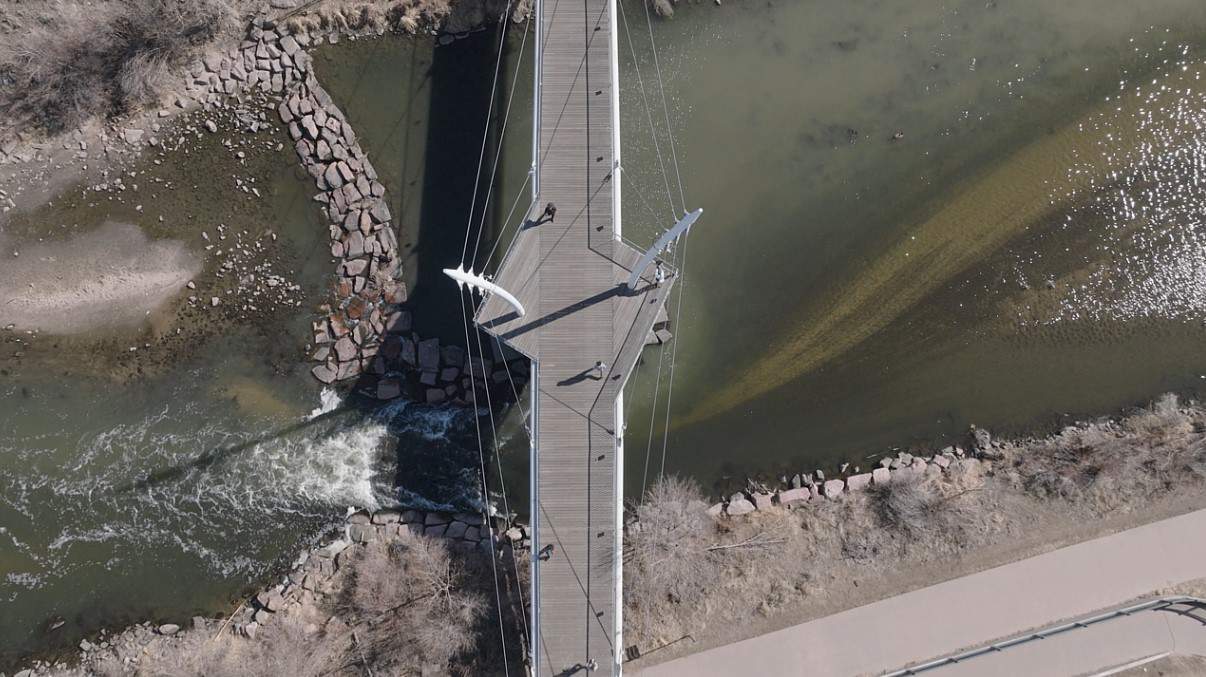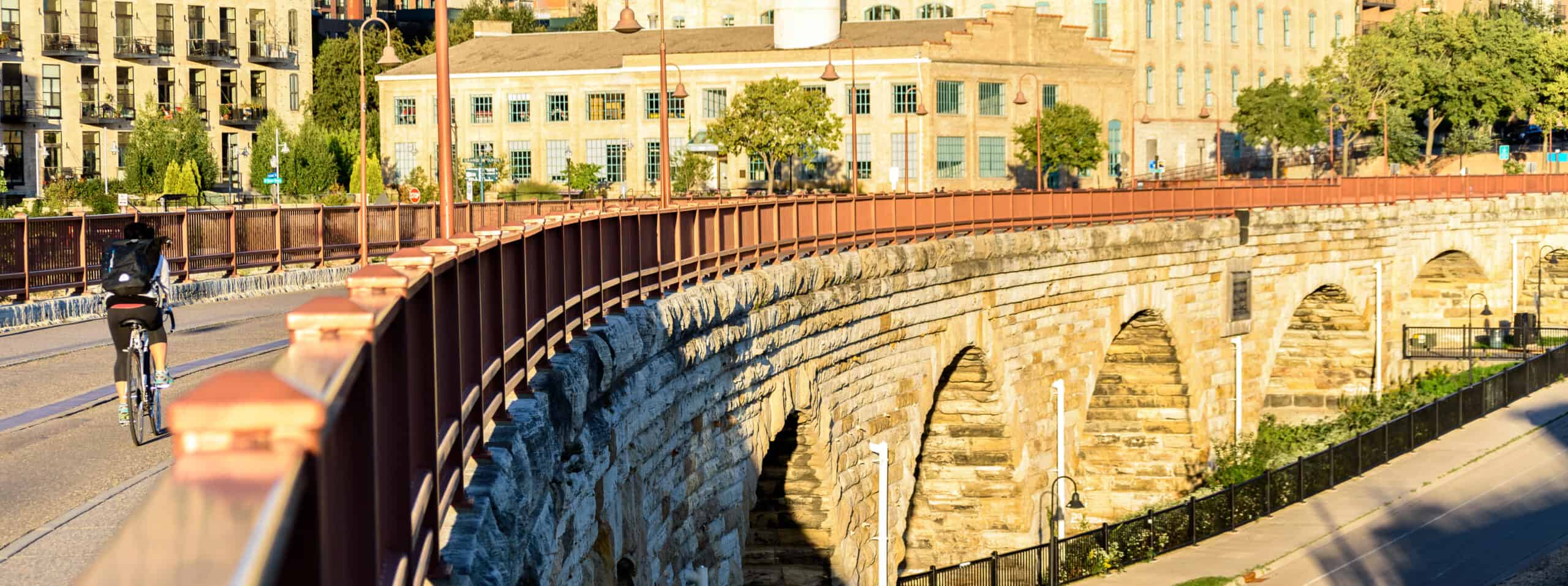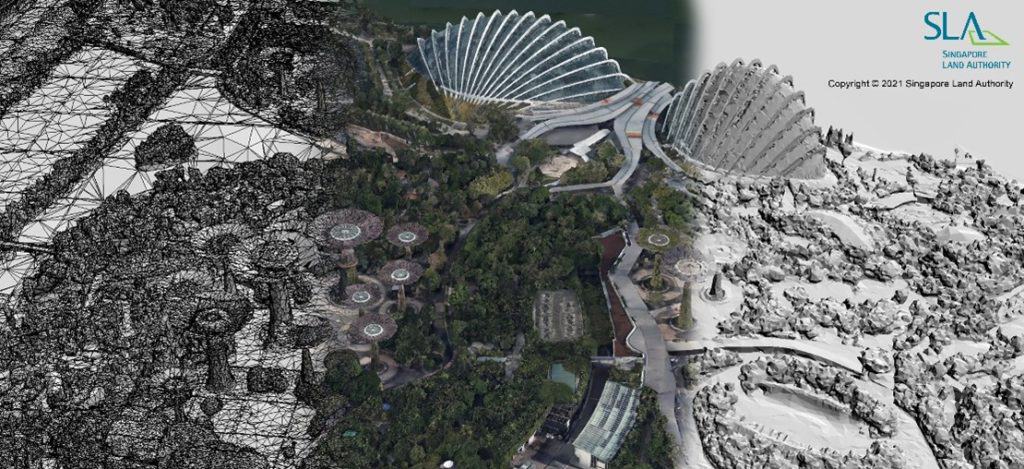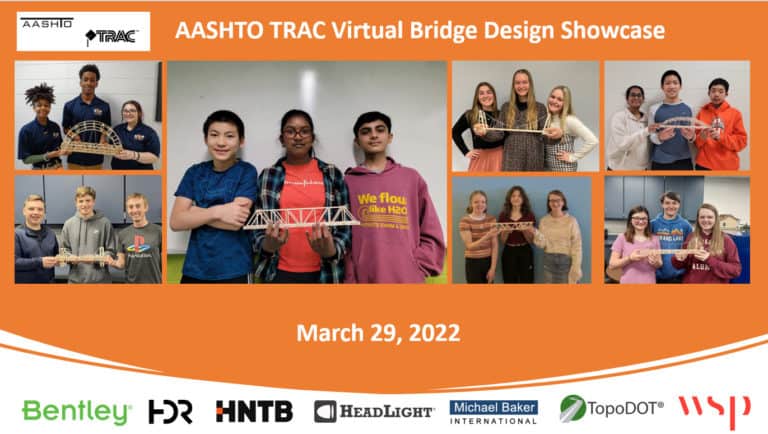Mumbai, the financial capital of India, has a population of 12.4 million people located in a small area of 437sq.km, surrounded by the sea with nowhere to expand. The constraints of geography and the inability of the city to expand have made it one of the densest cities in the world. Increased vehicle usage in the last 20 years has resulted in extreme traffic congestion, long commute times, and increased pollution which has impacted the quality of life of its citizens.
The extreme traffic congestion has resulted in Mumbai witnessing the worst kind of transport-related pollution. Comprehensive Traffic Studies were carried out for the island city along with its suburbs to identify transportation requirements to eliminate existing problems and plan for future growth. The studies identified the requirement of new arterial roads along the Western Coast as part of transportation networks.
To reduce the burden of the Traffic and Transport System of Mumbai, the Municipal Corporation of Greater Mumbai and contractor SAI-SYSTRA needed to get creative. They came up with a plan to construct a Coastal Road on the western side of the city using 110 hectares of reclaimed land from the sea.
Reclaimed Land from the Sea Offers Opportunity for New Development
SAI-SYSTRA Group was hired as a design consultant for Package II, or the south end of the project. SAI-SYSTRA is an international engineering and consulting firm specializing in transportation and urban infrastructure solutions including civil engineering and project management for highways, bridges, urban and regional planning, buildings, water resources, water and wastewater, irrigation, railways, tourism, and environmental studies. The company was responsible for a 2.7-kilometer, USD 306 million section of the USD 1.8 billion project, which consists of undersea tunnels, grade roads and bridges, and an interchange that connects the road to the Bandra-Worli Sea Link. In addition to the coastal road design, the project also includes a sea wall, a promenade, a bridge viaduct, a pedestrian underpass, a vehicle underpass, car parking, and public recreational open spaces. Because of the limited space, SYSTRA had to reclaim land from the sea, while the interaction of many of the components had to be visualized to detect and resolve clashes.
To overcome these challenges SAI-SYSTRA needed to implement a 3D road design solution to model the highway, promenade, sea retaining walls, junction, and interchange. They planned to use the software in the initial stage to design the horizontal and vertical alignment of the coastal road and the arm at the intersection near the sea, while they would use BIM methodology for the latter stage. SYSTRA searched for software that would help them identify clashes with the sea wall and the structure to determine if alignments needed to be adjusted. Additionally, they wanted technology that would allow them to model the corridor, which would be critical in helping them facilitate the design process. With the coastal road constructed on reclaimed land, they knew that it would be arduous and time-consuming to calculate the necessary reclamation quantities using traditional methods. With innovative road design software, they knew that they could easily calculate the quantities in a fraction of the time of traditional methods.
Interoperable Software Is Used to Coordinate Design across Project Team
Bentley software helped in each stage of the project starting from Planning and Designing to Support during construction. Using 3D drive-throughs in OpenRoads Designer enabled SAI-SYSTRA to identify interferences between the seawall and the structures saving 20% in resource hours. Additionally, the dynamic nature of the 3D model enabled them to effortlessly define and modify the plan, saving them 50% in design time.
The software’s interoperability enabled SAI-SYSTRA to coordinate the design across the entire project team, and LumenRT helped them to visualize the complex project and simplify the design effort to quickly gain stakeholder approval. Moreover, OpenRoads Designer’s ability to quickly resolve clashes optimized the design while improving output quality, which helped reduce construction costs. Bentley applications helped the team resolve issues at one location where the retaining wall obstructed the sea view from the promenade. Using the software’s 3D drive-through along the retaining wall edge helped SAI-SYSTRA understand the scenario and provide them with a clearer view of the problem to reach a solution.
Project Improves Quality of Life Through the Creation of Green Spaces and Waterfronts
This new eight-lane, 29.2-kilometer highway will accommodate 130,000 vehicles a day and reduce travel time between South Mumbai and the western suburbs from two hours to 40 minutes. The project will reduce the burden on the traffic system and make traveling in the congested metropolitan city of Mumbai more economical, safe, and fast.
The coastal freeway will provide speedy connectivity between various portions of the city while also improving the quality of life for citizens through the creation of 90 acres of green spaces and waterfronts. These new spaces will be landscaped to provide cycle tracks, promenades, amphitheaters, children’s play areas, and other recreational spaces. The new pedestrian-friendly spaces were designed with the local community in mind and residential or commercial usage is prohibited on this reclaimed land. And the 90 hectares of green space will help reduce the pollution levels in the city.
“A project of this complexity required out-of-the-box thinking. For that, our team decided to use Bentley solutions. The 3D modeling allowed our project team to coordinate its work internally and externally with the client. Given SYSTRA’s experiences using Bentley products in engineering solutions, especially in highways, our team was able to provide the solution our client was looking for.” Amit Aggarwal, Team Lead, Highways, SAI-SYSTRA Group.
Visit our project profile to hear more from SAI-SYSTRA and learn about the technical challenges and tools associated with this project.
